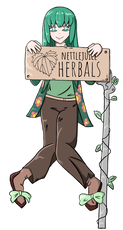|
7/31/2020 3 Comments Sitting with the plants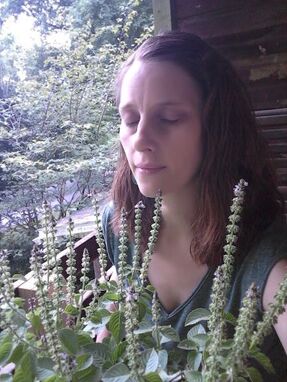 I sit myself down with a plant, get comfortable, get quiet. I close my eyes, take a deep breath, and another. I let everything settle. I bring my attention to my headspace, acknowledge that this is where I reside most of the time, and then slowly move down into my heartspace. This is where we must come from in our communication with the plants. In my Folk Herbalism course, I teach students how to open themselves up to communication with the plants. It is a simple exercise, but it can take a giant leap of faith for many people in our society. Ever since the days of Descartes, we have been taught to look at the non-human world as inanimate, soul-less. We alone hold the keys to intelligence on this planet. It is a profoundly lonely worldview, but one that allows us the guilt-free convenience of doing just about anything we please to the rest of life as we know it, or at least as we believe it to be. This worldview has become so ingrained in our psyche that most people feel foolish and self-conscious just talking to plants. Asking them to listen for a reply is like asking them to say hi to our imaginary friend. It is so far out of their comfort zone that they begin to question our sanity. The exercise becomes all the more difficult when we understand that non-human communication is most often not in the form or words or thoughts, but feelings, images, impressions. How many of us are in touch with our feelings, or trust our intuition? Are we beginning to grasp the size of the leap here?
Back to me and my plant ally... I am now settled into my heartspace. I begin to reach out from there and extend toward the plant being. When I sense the plant's energy I stop and ask permission, then wait. Usually a feeling of welcome lets me know communication is possible. Occasionally an uncomfortable feeling tells me to try again another time. (We need to trust these feelings.) I feel welcome and proceed, opening my eyes and gazing with soft vision, wide to the periphery, and slightly unfocused. I open myself up to receiving whatever is offered. This may come in the form of felt sense in the body, a strong emotion, a memory, a sound, or something visual. It may come in the form of words in my thoughts, but not often. I don't judge. Everything is communication as long as I am open to the plant being in my heartspace. The first time someone open's themself up in this way can feel very vulnerable. We learn to put up shields and barriers of protection around our hearts, often from a very young age. Letting them down, even for something we are not totally convinced is at all sentient, can feel too dangerous. For some, it may take some practice to get open enough to receive communication. For others, the challenge may be in trusting that what we receive is actually valid, that we are not "making it all up". There is no simple solution here. Just like anything else, the more one practices, the easier it gets, and the more we begin to trust our experience. Our trust is built as we receive validation through future communications, sharing our experience with others, and working with the plants in our practice. For me, the validation keeps coming as I witness folks who never sat with a plant before receive such powerful communications that we are brought to tears. Pleurisy root brings out the grief of a mother who had to flee her homeland and knows her children will never experience the life she knew. Lavender playfully tells a woman that her bra is too tight and she needs to loosen up. When the communication is received, and accepted as valid, our worldview is forever changed. We can no longer pretend we are alone in our intelligence, or that our form of intelligence is the only form. We have opened ourselves up to what indigenous peoples on this planet have always known, that the earth is bursting with sentient, intelligent life, that we are not meant to be cut off from relationship with that life, and that all of it is just as valid we are. For me as an herbalist, it means that plants are not taken for their medicine without a deep reverence. Gratitude is offered, sustainable practices are maintained, and the lines of communication are kept open so that relationship is maintained. I tell my students that as plant workers our first responsibility is to the plants. If we are asking to use their medicine, we had better make sure we are operating in right relationship as co-creators and not simply as takers. Knowing that on an intellectual level can help us stay ethical in our practice. Knowing it on an experiential level is even better.
3 Comments
7/2/2020 5 Comments Lessons Learned from CompostGuest post by Tiffany Robbins
|
AuthorApril Coburn, herbalist and founder of Nettlejuice. Archives
July 2023
Categories |
Search by typing & pressing enter

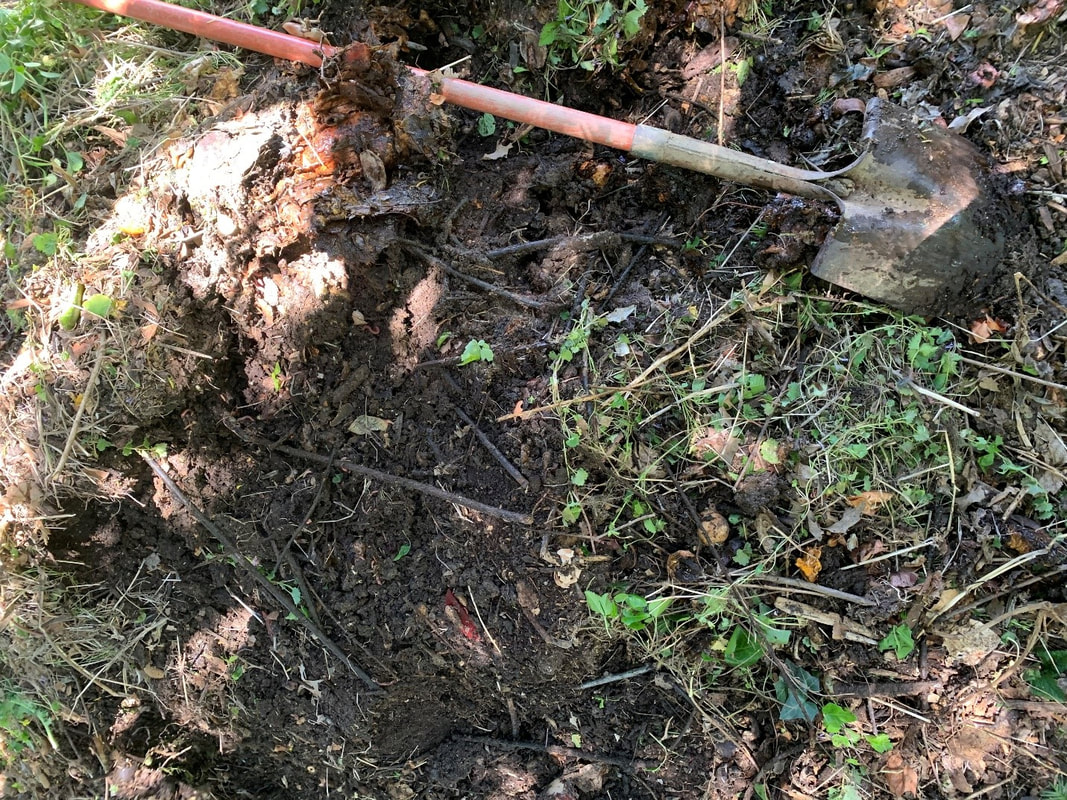
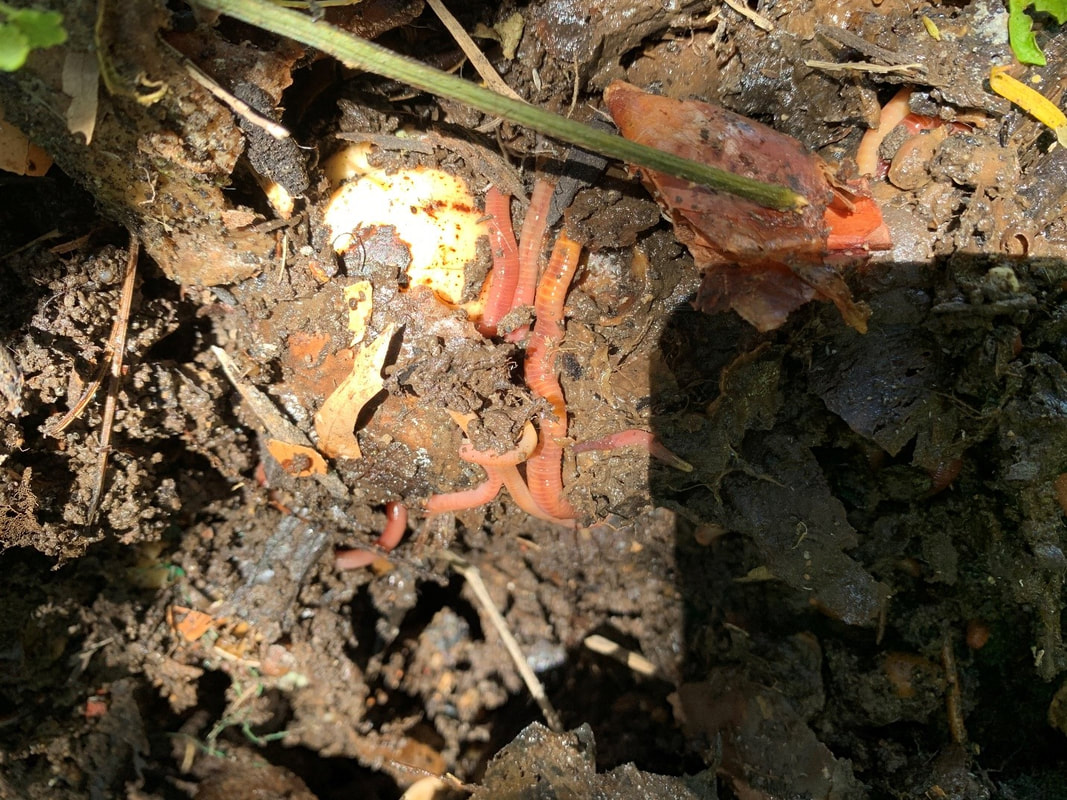
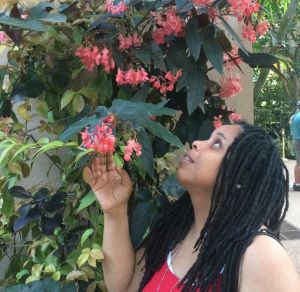
 RSS Feed
RSS Feed
